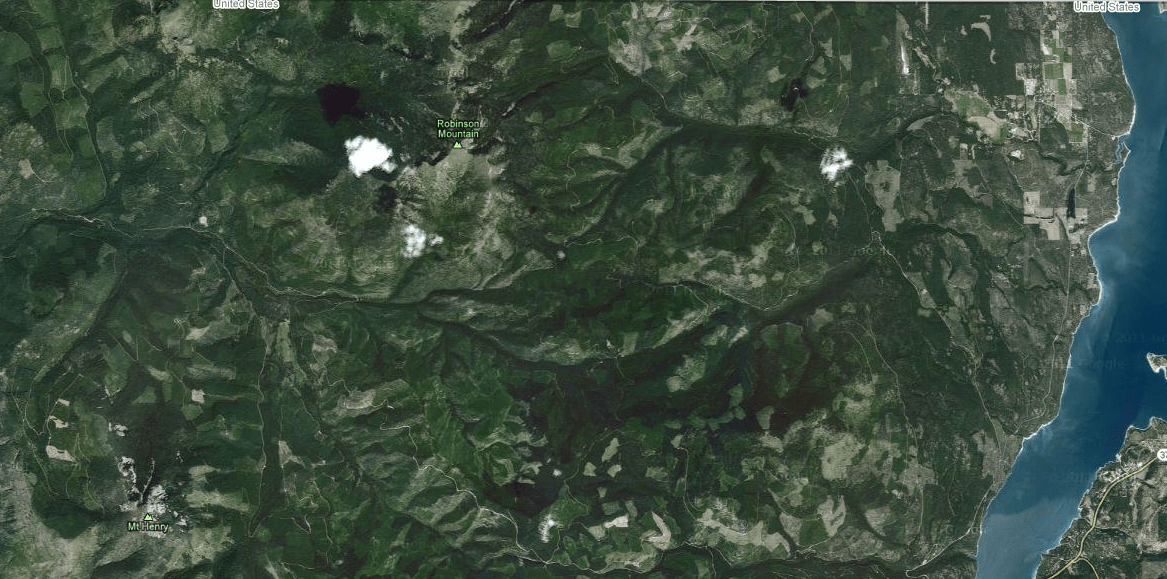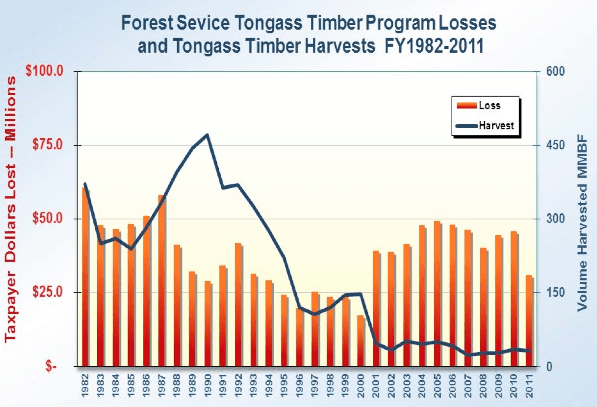It seems like I’ve written this same sentence numerous times over the past few years, so I might as well just paste it here again:
“The Colt Summit timber sale – and subsequent appeal and lawsuit – on the Lolo National Forest in Montana has been the source of much previous debate on this site, even though this was the first timber sale lawsuit on the Lolo National Forest in over 6 years.”
In 2009 the Colt Summit timber sale was included as a Forest Service-generated project in the grant proposal the Southwestern Crown of the Continent Collaborative (SWCC) in Montana submitted to the Forest Service for funding under the Collaborative Forest Landscape Restoration (CFLR) Program.
As I’ve pointed out previously, back in 2009 to 2010 the Lolo National Forest Supervisor was the co-chair of the Southwestern Crown of the Continent Collaborative, meaning that essentially the Lolo National Forest Supervisor was writing a grant proposal to the Forest Service as a Forest Service employee to fund the Forest Service. And yet this is called “collaboration?”
Even today, 33% of the voting members of the SWCC are current, paid Forest Service employees. Perhaps this is one of the reasons why the Southwestern Crown of the Continent Collaborative group requires new members to sign a “Duty of Loyalty Oath” prior to full participation, which reads: “Each member of the collaborative has a duty of loyalty to the collaborative.”
(There might be a few awkward transitions in this post, and here comes the first one.)
The reason I’m bringing up all this background information about the Southwestern Crown of the Continent Collaborative and the Colt Summit timber sale is because of the extraordinary lengths some members of that group – mainly the Montanan Wilderness Association and the Bozeman office of The Wilderness Society – went to when Friends of the Wild Swan and the Alliance for the Wild Rockies filed an appeal, and subsequent lawsuit, against the logging portions of the Colt Summit timber sale because they believed the Forest Service’s cumulative effects analysis for Canada lynx was inadequate.
Readers may recall that the Montana Wilderness Association was essentially lying to the public telling them that the lawsuit was threatening important watershed restoration work that was part of the project. Turns out, the plaintiffs never challenged any of that work and the Forest Service admitted that the restoration work was already under contract and moving forward. When we attempted to point out this fact on the social media sites of the Montana Wilderness Association, those fact-based, professional comments were simply censored and removed by Montana Wilderness Association employees and we were banned from ever commenting on the site again. Great example of open, inclusive, transparent “collaboration,” eh?
My belief is that much of the PR work from Montana Wilderness Association and a few of the other collaborators about the Colt Summit timber sale and the SWCC was essentially an extension of the million dollar plus PR campaign we’ve seen in Montana for the past 6 years to support Senator Tester’s mandated logging bill, the Forest Jobs and Recreation Act.
The expensive TV ads, full page newspaper ads, the radio spots, the dog-n-pony, one-sided “public” meetings, the canned talking-points inspired letters to the editor (which I suspect are generated by MWA employees who then call their members or simply get an unsuspecting 19 year old college students to sign and submit the LTE) and so forth. Make no mistake, and I’ve said this before, some of what we are witnessing in Montana under the guise of “collaboration” is nothing more than a political take-over of some of our national forests that has the potential to forever change America’s public lands legacy for the worse.
Which brings me back to the Collaborative Forest Landscape Restoration Program. We’ve debated the merits of this program before on the blog and some of us have questioned the “accomplishments” that those supporting the CFLRP program seem to tout every year.
For example, when the CFLRP participants released the supposed list of program accomplishments just prior to Christmas last year, Sharon wrote, “A little birdie told me that some of the figures in the report below are not accurate” in regards to the Collaborative Forest Landscape Restoration Program report.
I made a comment that, “Obviously some people put a lot of effort into this fancy-looking report to pat themselves on the back for the supposed achievements of the CFLRP, but I’m calling BS on many of the achievement claims made by these CFLRP collaborators in this report. There is simply no way possible that all of the work listed in the report was achieved with a little CFLRP funding. Many of these CFLRP collaboratives are dramatically over-inflating accomplishments directly attributed to the CFLRP and are taking credit for work that the Forest Service would have done anyway, regardless of if CFLRP passed or if $10 million was allocated to these 10 projects around the country.”
In other words, I firmly believe that some members of some CFLRP’s around the country are double- and triple-counting to make their program seem more successful than it actually is. It’s almost as if they give the public the impression that the Forest Service has zero budget outside of what the CFLR program provides.
For example, if CFLRP funding accounts for 25% of the funding needed to complete X amount of logging on a certain forest should the CFLRP collaborators claim credit for the entire X amount of logging? Or would it be more honest for the CFLRP collaborators to claim credit for 25% of the logging? I certainly believe that the later is entirely more accurate, while the former is a complete exaggeration bordering on outright lying.
(Another awkward transition….)
So, this morning I was sent a copy of the latest meeting notes for the Southwestern Crown of the Continent Collaborative group from Friends of the Wild Swan, a group that’s keeping close tabs on some of the goings-on with the SWCC in their backyard.
What really caught my eye was this statement of fact in the notes:
“Nationally over the 20 CFLR projects there have been 49 decisions. Of those, 47% have been appealed or objected to and one litigated. Several of the appellants were part of local collaborative group.”
What’s that? You mean that while some of these CFLR collaborators are using some questionable accounting procedures to make it seem like their program is much more successful than it really is, these same CFLR collaborators aren’t letting the public know in their glossy, end-of-the-year accomplish report that 47% of all CFLR project decisions have been appealed? Including appeals by some of the same people/groups/interests that are part of these collaborative groups?
Since this figure was presented by the Forest Service and placed into official notes of the SWCC, one has to assume that somewhere, somebody has an actual spreadsheet or report about the fact that 47% of all CFLR project decisions have been appealed/objected to. For certain, I’ll be in contact with the SWCC to see if they will provide more information about this, and I’d encourage other people around the country to write their CFLR collaborative and see what additional information can be uncovered.
The public deserves nothing but full openness and transparency when it comes to the management of America’s public lands, so hopefully some members of these CFLR collaboratives will cease the shell-game PR campaign and be more honest about the CFLR program.
UPDATE: Sandy Mack, the Forest Service’s Liaison Officer for the Southwestern Crown of the Continent CFLRP just sent me the following spreadsheet based on my information request. I haven’t had time to look it over, but wanted to make sure it was up here so anyone interested could take a look at it.
As an aside, does anyone else know of another CFLRP collaborative in the country that has it’s own Forest Service-appointed (and paid) Liaison Officer? Is that a common practice? Or could it just be further proof that what’s happening in Montana with the SWCC is way outside the norms of Forest Service “collaboration?”





